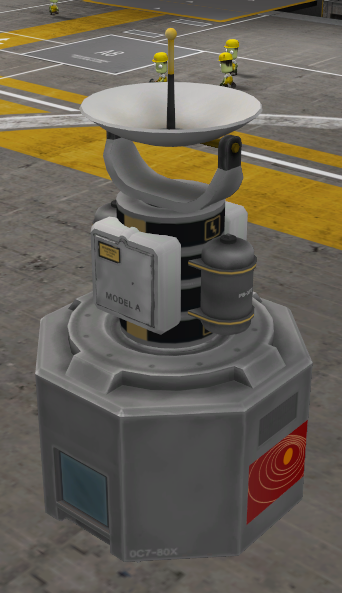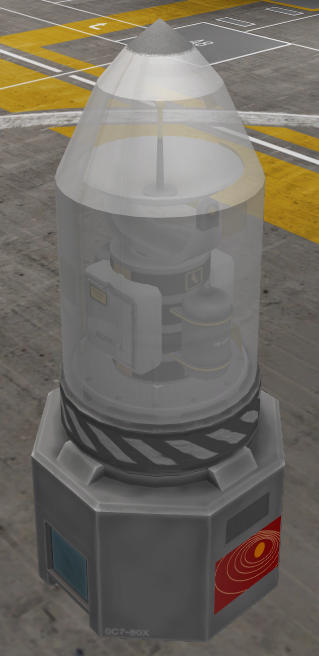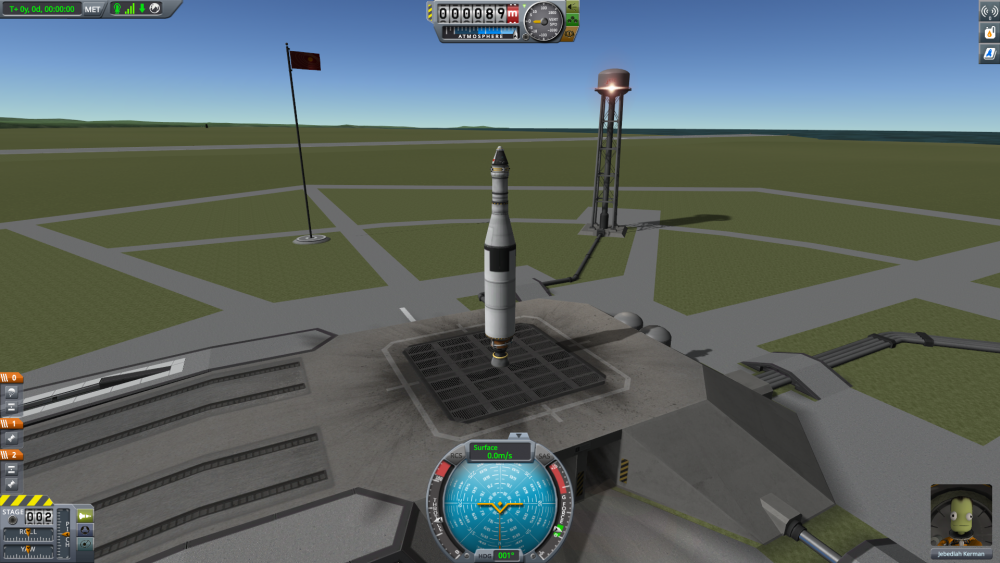Blogs
Our community blogs
-
 Latest Entry
Latest Entry
WHY BATMAN SHOULD BE DEAD!!!!(MUST SEE)

Batman should be dead. Rate 5 stars and I'll tell you why.
I'm waiting....
Okay cool thanks. Just kidding. It's because of his cape!

Do you really think batman would be able to survive a leap off of a skyscraper? Let's find out. A group of students from the University of Leicester did an actual experiment using mathematical simulations. They give a wingspan estimate of 15 feet. An average skyscraper is 492 feet high. When an electrical charge is sent through batman's cape in Batman Begins, it turns into a rigid glider. It was calculated that he would travel a total distance of 1,148 feet. That's cool and all, but how would he land? What speed would he reach? The students calculated that he'd reach a top speed of 68 mph, and land at 50 mph. If you think he'll be okay, the students reason that you should "consider impact with a car traveling at these speeds." New movie idea: Batman is the new Flat Stanley.
-

- 0
entries - 0
comments - 447
views
No blog entries yet
- 0
-

- 8
entries - 7
comments - 2555
views
Recent Entries
 Latest Entry
Latest Entry
Video games are kinda physicsy
Computers are good at math, right? So it follows that video games should be able to do plenty of physics calculations while you run around shooting zombies and stuff, right? Well, the thing is, they have to do a lot of calculations - and they have to do them really, really fast. Take, for example, some game based on a large map, with somewhere around a hundred players, all trying to shoot each other to death. Handled naively, every time a player shoots, the game would have to continuously test if the bullet is intersecting any player on the whole map at any given point along its path. And even handling one single player isn't easy! It's gotta check if it hit the player's foot, leg, other leg, hip, abdomen, shoulder, arm, other shoulder, other arm, neck, head... And then it gets even more confusing when you suddenly have an impenetrable pan on your back blocking some bullets. Now, check for all of these intersections somewhere between twenty and a hundred and twenty times per second, for every single bullet, for every single player. Basically, it's kinda hard for even fast computers to keep up, while remaining accurate.
But that's where humans and their fandangled logic comes in! Now, how could a bullet possibly hit someone, if it's practically in a different time zone from them? Short answer: it can't! (Unless you have teleporting bullets, in which case you should be selling the technology for billions, not shooting people with it). So, take this giant map, and split it up into anywhere from a few to a bunch (so specific, I know) of little bitty squares. Now, as players move around, you've gotta keep track of which square they're in, which takes a bit more work. But now, when you have a bullet (or a few thousand) flying through the air, there's no way it's going to hit someone that's not within either its own zone, or maybe one of the adjacent zones. Now you've gone from checking every player in the game, to between zero and a handful! Much easier!
These same sorts of logical assumptions can be made for all sorts of locality-based applications, like virtual lighting (really, do you want to simulate a billion photons shooting around a room?), more advanced collision detection (we've done point-like bullets hitting round-ish parts of bodies, but what about really complex, non-convex things hitting each other?), as well as odd things like splitting up a group of points into non-spiky triangles (or tetrahedra). That actually has applications in fluid dynamics, modelling the density of stars in galaxies, and a bunch of other things way over my head.
- 8
-

- 28
entries - 26
comments - 4481
views
Recent Entries
 Latest Entry
Latest Entry
Happy Birthday!
Hey, do you know whose birthday it is? It is the one, the only, Johann Carl Friedrich Gauss! He was born 241years ago today! Since Gauss' Law helps us solve problems with cylindrical, spherical, and planar symmetry, I thought it would only be right to wish him a happy birthday! Thanks Gauss!
- 28
-
 Latest Entry
Latest Entry
Getting the most out of studying
Dr. Chew was very helpful in giving me strategies for studying. I have turned in my questions to the videos on a separate sheet of paper in class.
- Read more...
-
- 0 comments
-

- 27
entries - 17
comments - 4730
views
Recent Entries
.thumb.jpg.b838522f9d3d2feb031634f2491f9979.jpg) Latest Entry
Latest Entry
KSP For Dummies - Lesson 2: Design Tips
In my previous blog post, I discussed the overall interface you'll be using in Kerbal Space Program. If you don't know what you're doing, I recommend reading that first before continuing on with this post.
Before I even start with actual designs of rockets, I'm going to teach you how to build quickly and efficiently.
To start, you'll need to place down a part. Keep in mind that the first part you place down is the part you're going to have to build off of. Whenever you pick up this part, you will pick up your entire rocket. Whenever you pick up a part connected to this part, it will pick up every part placed on that part, excluding the first part. Now that you understand that, you're going to need to know how to move around effectively.
By holding right-click, you can rotate around a certain point on the center axis of your rocket. By using the scroll wheel, you can move vertically up and down. By holding Shift and using the scroll wheel, you will move closer to and farther from the center axis of your rocket (Alternatively, you could do this by holding down the middle-mouse button and moving your mouse up/down).
When building a ship,
Now we can get into some design basics.
There's a lot of things to take into account when designing a rocket, even in a video game.
Always remember to take aerodynamics into account. You can't just launch anything through the atmosphere at well over the speed of sound and expect it to be fine. Take the following, for example.

This is a simple landing can with some batteries, retractable solar panels, RCS fuel tanks, and an antenna. If you launched this through the atmosphere, something could very easily break, especially if you used the unprotected versions of the solar panels, or, lord forbid, you extended them. But then how would you get this into space? Well, there's many solutions, such as trying to fit it all inside of a cargo container, or you could make a column of octagonal struts and strap the bits onto that.
There is also one other thing in the game you can use, and it's quite stylish. First, you'd have to disconnect the entire top piece from the landing capsule, and place an "Airstream Protective Shell" on top of the capsule. When you first place it, it'll start dragging a frame with your cursor, but just right-click to temporarily remove it. Then, re-place the top piece on top of the Protective Shell part. Here's where things get interesting. Right click on the Protective Shell part, and click "Build Fairing" as shown below, then drag the frame up along your top piece, and click when you want to start to drag it in. You can use the other picture below as reference.


This fairing can be ejected as part of a stage when you leave the atmosphere, so the craft on the left will look like the craft on the right. Just be careful with your design for when you do eject it, because it shoots sideways.
Here's another aerodynamics example:

This rocket will fly. But after a little bit, it will start to flip out of control, and plummet into the ground. But why? If you build a ship like this and deviate from being normal to the ground by even the slightest amount, air resistance kicks in, and your rocket will flip upside-down. So how do you avoid this? Simple: Add some wings. Two could work, but you should add more, just to be safe.
Another thing commonly done in KSP is when people add tons of fuel to their spacecraft, and then is surprised when they can barely get into orbit. Keep in mind that adding more fuel does let you burn longer, but also increases the weight of your rocket. Your thrusters will always put out a certain amount of force, and if you just add more fuel to your craft, you might end up with less delta-v than you started out with. We all took Mechanics, so you should know that net force is equal to mass times acceleration, so if mass goes up but force stays constant, acceleration must go down.
Some other things to think about include:
- Do you need extra power?
- Do you need power generation?
- Do you need heat reduction?
- Do you need a ladder for your Kerbal?
- Do you have a heat shield?
- Does it look nice?
- Is it powerful enough to get you where you need to go?
- Does it weigh too much?
- Do you have enough parachutes?
- Should you add high-altitude parachutes?
And, most importantly, something forgotten in the following picture.
Yes, there are no wings, and it is hideous, but those aren't the biggest faults with the spacecraft.
If you look on the bottom left, it shows the staging. Every time you press the spacebar, you begin the next stage. In this case, the first stage would start the first thruster, but would also trigger the decoupler, disconnecting the main booster from the rest of the rocket. Now look at the final stage. When triggering the last decoupler to expose the heat shield for re-entry, it would also trigger the parachute, rendering it useless, and dooming poor Jebediah to crash into the planet.
Even if your design is perfect, one simple mistake in the staging could ruin everything when you least expect it, so always remember to check it before you wreck it.
In my next blog post, I'm going to discuss simple flight controls and methods.
- 27
-
 Latest Entry
Latest Entry
Foul ball physics
Recently in an MLB game a fan was struck by a foul ball. This person was severely injured from the baseball. My initial question was why didn't this person just move out of the way. Well, easier said than done. An official league baseball has a mass of .145 kg, and the average velocity of a major league fastball is 40.3 m/s. this means that when the ball hits the bat, if the batter perfectly squares up the baseball, the ball can leave the bat at approximately 49 m/s which is equivalent to 110 mph. The individual that was hit by the ball was on the third base side, first row. This means that there was a distance of 50 meters between the batter and the person hit. The time it took for the ball to reach the fan was 0.92 seconds. Would you be able to react that fast?
-

- 0
entries - 0
comments - 443
views
No blog entries yet
- 0
-

- 0
entries - 0
comments - 503
views
No blog entries yet
- 0
-

- 0
entries - 0
comments - 263
views
No blog entries yet
- 0
-

- 0
entries - 0
comments - 239
views
No blog entries yet
- 0
-

- 0
entries - 0
comments - 280
views
No blog entries yet
- 0
-

- 0
entries - 0
comments - 226
views
No blog entries yet
- 0
-

- 0
entries - 0
comments - 232
views
No blog entries yet
- 0
-

- 0
entries - 0
comments - 259
views
No blog entries yet
- 0
-

- 0
entries - 0
comments - 209
views
No blog entries yet
- 0
-

- 0
entries - 0
comments - 261
views
No blog entries yet
- 0
-

- 0
entries - 0
comments - 237
views
No blog entries yet
- 0
-

- 0
entries - 0
comments - 208
views
No blog entries yet
- 0
-

- 0
entries - 0
comments - 205
views
No blog entries yet
- 0
-

- 0
entries - 0
comments - 235
views
No blog entries yet
- 0
-

- 0
entries - 0
comments - 194
views
No blog entries yet
- 0
-

- 0
entries - 0
comments - 158
views
No blog entries yet
- 0
-

- 0
entries - 0
comments - 234
views
No blog entries yet
- 0
-

- 0
entries - 0
comments - 128
views
No blog entries yet
- 0
-
Recently Browsing 0 members
- No registered users viewing this page.




